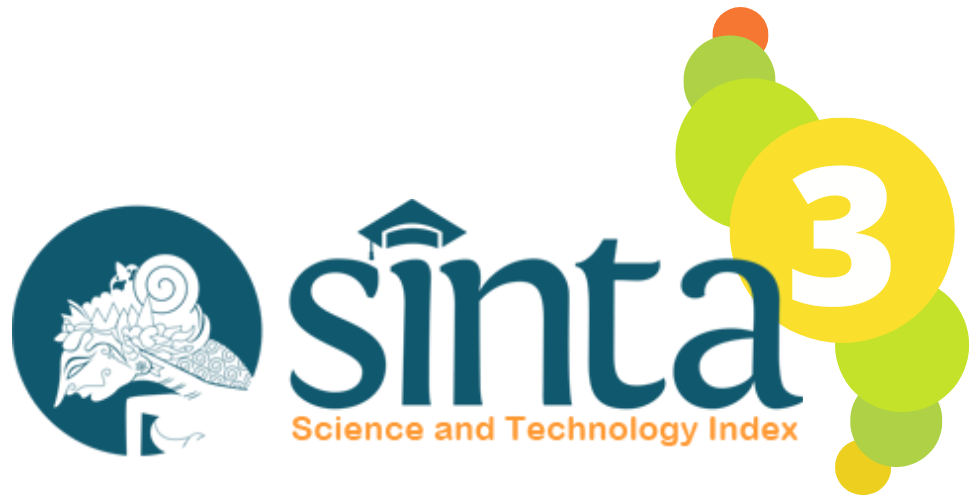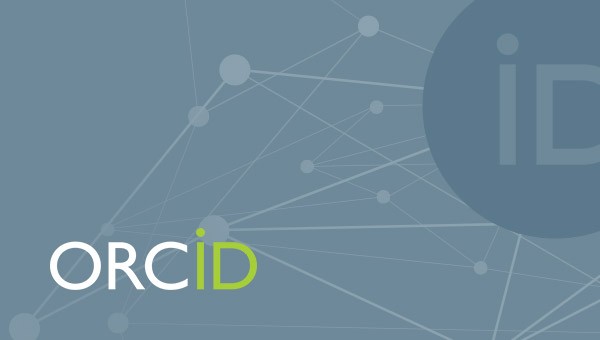Development of Ethnoscience-Based Teaching Materials on Fluid Dynamics to Enhance Students’ Creativity
DOI:
10.29303/jpft.v11i1a.9575Published:
2025-09-30Issue:
Vol. 11 No. 1a (2025): Special IssueKeywords:
Teaching Materials, Ethnoscience, Fluid Dynamics, Student CreativityArticles
Downloads
How to Cite
Downloads
Metrics
Abstract
This study aims to develop ethnoscience-based physics teaching materials on fluid dynamics to enhance students’ creativity and learning outcomes. The research employed the 4-D development model (Define, Design, Develop, Disseminate) and was conducted up to the Develop stage, including needs analysis, design, expert validation, limited trials, and effectiveness testing. Validation results indicated that the materials were rated as very valid (88%) and valid (65%). A limited trial involving 34 students showed an improvement in conceptual understanding with a normalized gain (N-gain) of 0.61, categorized as moderate, while student responses were highly positive with an average score of 85.9 out of 100. The novelty of this research lies in the integration of local cultural knowledge, specifically the traditional sailboats of the Bima-Sape community, into physics instruction. This approach connects indigenous practices with scientific principles, producing culturally relevant and innovative learning materials that foster student engagement, contextual understanding, and creative thinking in physics education.
References
Amaliah, K., Kurniawan, A., & Sholikahah, A. U. (2022). Penggunaan E-Modul Berbasis Etnosains Pada Sekolah Menengah Atas Mata Pelajaran Fisika: Studi Literature. 4.
Bang, M., Medin, D. L., & Atran, S. (2007). Cultural mosaics and mental models of nature. Proceedings of the National Academy of Sciences, 104(35), 13868–13874. https://doi.org/10.1073/pnas.0706627104
Cobern, W. W., & Aikenhead, G. S. (1998). Cultural aspects of learning science. Science Education, 82(5), 559–573. https://scholarworks.wmich.edu/cgi/viewcontent.cgi?referer=&httpsredir=1&article=1012&context=science_slcsp
Hake, R. R. (1998). Interactive-engagement vs. traditional methods: A six-thousand-student survey of mechanics test data for introductory physics courses. American Journal of Physics, 66(1), 64–74.
Hewson, M. G. (2012). Cultural perspectives in science education: Scientific knowledge and cultural knowledge. Science & Education, 21(9), 1245–1266. https://doi.org/10.1007/s11191-011-9369-z
Idrus, Nirmala, S., & Sardi, A. (2022). Peningkatkan Hasil Belajar Matematika Melalui Pendekatan Quantum Teaching. Al-Irsyad: Journal Of Education Science, 1(1), 35–47. https://doi.org/10.58917/aijes.v1i1.4
Pangga, D., Prasetya, D. S. B., & Sanapiah, S. (2023). Pembelajaran Etnosains dalam Meningkatkan Pemahaman Konsep Mahasiswa pada Fisika Zat Padat. Empiricism Journal, 4(2), 464–470. https://doi.org/10.36312/ej.v4i2.1650
Pristiwanti, Y. (2020). Esensi Pendidikan dalam Konteks Budaya. Jurnal Ilmu Pendidikan Nusantara, 5(1), 12–20.
Purwanto, N. (2017). Prinsip-prinsip dan teknik evaluasi pengajaran. Bandung: Remaja Rosdakarya.
Puspasari, A., Susilowati, I., Kurniawati, L., Utami, R. R., Gunawan, I., & Sayekti, I. C. (2019). Implementasi Etnosains Dalam Pembelajaran Ipa Di Sd Muhammadiyah Alam Surya Mentari Surakarta. Sej (Science Education Journal), 3(1), 25–31. https://doi.org/10.21070/sej.v3i1.2426
Salomon, G. (2000). Technology and education in the knowledge society. Science, 289(5479), 365–369. https://doi.org/10.1126/science.289.5479.365
Yachod, T. R. (2024). Pengembangan e-modul fisika berbasis etnosains pada materi kalor untuk siswa SMA. Jurnal Pendidikan Fisika Indonesia, 18(2), 120–128.
Author Biographies
Nurul Hikmah, Universitas Pendidikan Mandalika
Physics Education Study Program
Lovy Herayanti, Universitas Pendidikan Mandalika
Physics Education Study Program
Syifa’ul Gummah, Universitas Pendidikan Mandalika
Physics Education Study Program
License
Copyright (c) 2025 Nurul Hikmah, Lovy Herayanti, Syifa’ul Gummah

This work is licensed under a Creative Commons Attribution-ShareAlike 4.0 International License.
Authors who publish with Jurnal Pendidikan Fisika dan Teknologi (JPFT) agree to the following terms:
- Authors retain copyright and grant the journal right of first publication with the work simultaneously licensed under a Creative Commons Attribution License 4.0 International License (CC-BY-SA License). This license allows authors to use all articles, data sets, graphics, and appendices in data mining applications, search engines, web sites, blogs, and other platforms by providing an appropriate reference. The journal allows the author(s) to hold the copyright without restrictions and will retain publishing rights without restrictions.
- Authors are able to enter into separate, additional contractual arrangements for the non-exclusive distribution of the journal's published version of the work (e.g., post it to an institutional repository or publish it in a book), with an acknowledgement of its initial publication in Jurnal Pendidikan Fisika dan Teknologi (JPFT).
- Authors are permitted and encouraged to post their work online (e.g., in institutional repositories or on their website) prior to and during the submission process, as it can lead to productive exchanges, as well as earlier and greater citation of published work (See The Effect of Open Access).










